Home>Home Appliances>Heating & Cooling>How To Improve A Forced Air Heating System ?
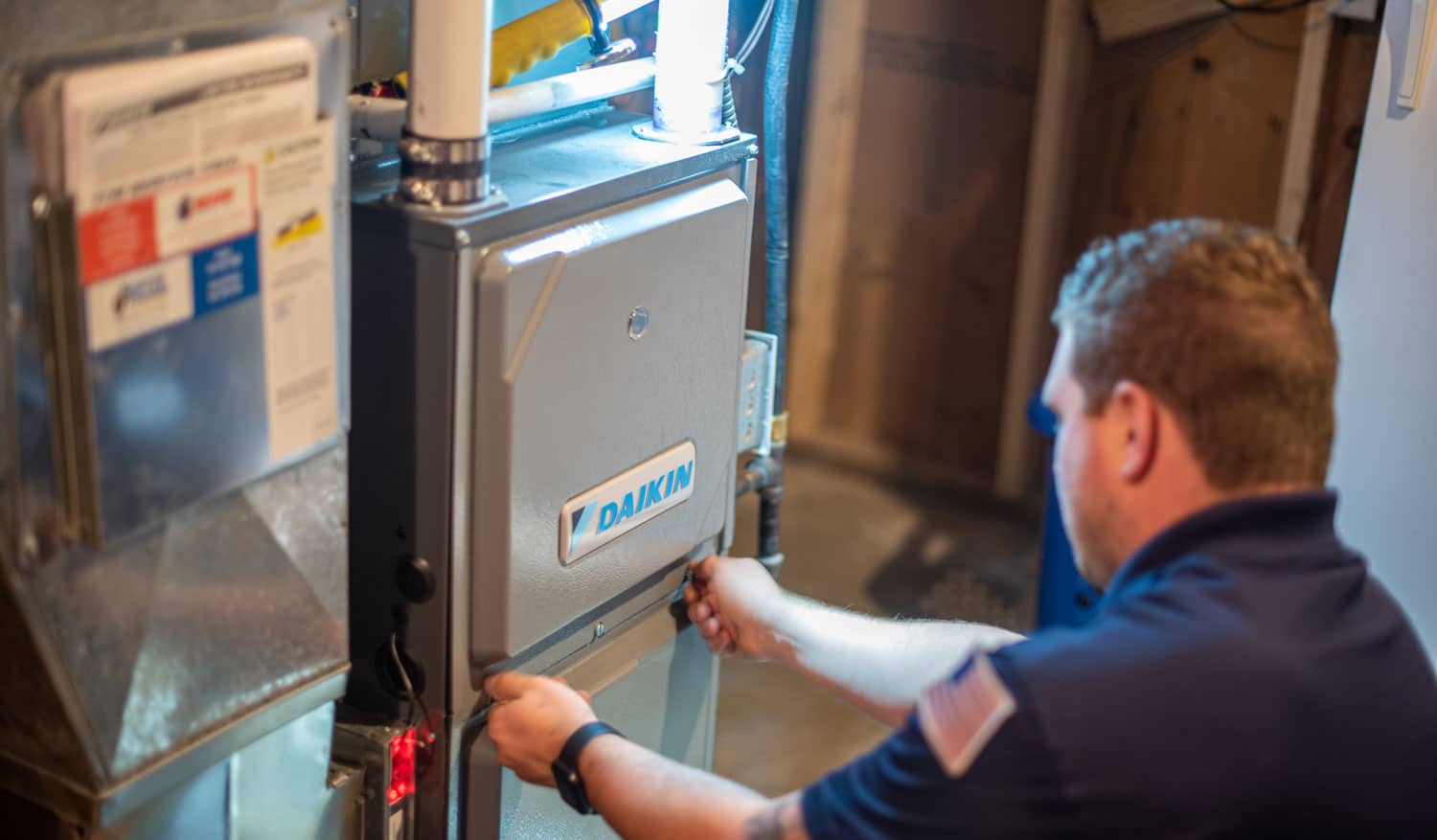

Heating & Cooling
How To Improve A Forced Air Heating System ?
Published: February 16, 2024
Learn how to improve your forced air heating system for better heating and cooling efficiency. Get expert tips and advice to optimize your home's heating and cooling system.
(Many of the links in this article redirect to a specific reviewed product. Your purchase of these products through affiliate links helps to generate commission for Storables.com, at no extra cost. Learn more)
Introduction
Heating and cooling systems play a crucial role in maintaining a comfortable indoor environment, especially during extreme weather conditions. Among the various types of heating systems, forced air heating is a popular choice in many homes and commercial buildings. This system operates by distributing heated air through ducts and vents, providing efficient and consistent warmth throughout the space. However, like any mechanical system, a forced air heating system requires regular maintenance and occasional upgrades to ensure optimal performance and energy efficiency.
In this comprehensive guide, we will explore various strategies to improve the functionality and efficiency of a forced air heating system. From simple maintenance tasks to advanced upgrades, each approach is designed to enhance the overall performance of the system, leading to improved comfort and potential cost savings. By implementing these strategies, homeowners and property managers can maximize the benefits of their forced air heating system while minimizing energy consumption and environmental impact.
Let's delve into the details of how to enhance the performance of a forced air heating system, addressing common issues and exploring innovative solutions to create a more comfortable and energy-efficient indoor environment. Whether you're a homeowner looking to optimize your heating system or a professional seeking insights into heating system improvements, this guide will provide valuable information to help you achieve your goals.
Key Takeaways:
- Regular maintenance, air filter upgrades, and balanced airflow are key to improving forced air heating systems. These steps enhance efficiency, reduce energy consumption, and ensure a comfortable indoor environment.
- Upgrading to high-efficiency furnaces and adding zone control offer long-term energy savings, enhanced comfort, and environmental sustainability. These upgrades optimize heating systems for cost-effective and eco-friendly home heating.
Regular Maintenance
Regular maintenance is essential for the optimal performance and longevity of a forced air heating system. By adhering to a consistent maintenance schedule, homeowners can prevent potential issues, improve energy efficiency, and ensure a comfortable indoor environment. Here are the key tasks involved in regular maintenance:
-
Changing the Air Filter: One of the most crucial maintenance tasks for a forced air heating system is regularly changing the air filter. Over time, the filter accumulates dust, debris, and other airborne particles, which can restrict airflow and reduce the system's efficiency. It is recommended to inspect the filter monthly and replace it every 90 days, or more frequently if the system is used extensively or if there are pets in the household.
-
Cleaning the Vents and Ducts: Dust and debris can also accumulate within the vents and ducts of a forced air heating system, leading to reduced airflow and potential air quality issues. Periodically cleaning the vents and ducts can help maintain optimal airflow and prevent the circulation of contaminants throughout the indoor space.
-
Inspecting the Thermostat: The thermostat is the control center of the heating system, and it is important to ensure that it is functioning accurately. Regularly checking and calibrating the thermostat can help maintain consistent and efficient temperature control, preventing unnecessary energy consumption.
-
Lubricating Moving Parts: The moving components of the heating system, such as the blower motor and fan, benefit from regular lubrication to reduce friction and wear. This simple maintenance task can contribute to the overall efficiency and quiet operation of the system.
-
Professional Inspection and Tune-Up: While homeowners can perform basic maintenance tasks, it is advisable to schedule professional inspections and tune-ups at least once a year. A qualified HVAC technician can thoroughly assess the system, identify any potential issues, and optimize its performance through cleaning, adjustments, and necessary repairs.
By prioritizing regular maintenance for a forced air heating system, homeowners can proactively address minor issues before they escalate into major problems. This approach not only enhances the system's efficiency and reliability but also contributes to a healthier indoor environment and potential cost savings on energy bills.
Upgrading the Air Filter
Upgrading the air filter in a forced air heating system is a significant step toward improving indoor air quality and optimizing the system's performance. The air filter serves as a critical component, responsible for capturing airborne particles and preventing them from circulating through the ducts and vents. Over time, standard air filters can become clogged with dust, pollen, pet dander, and other contaminants, leading to reduced airflow and decreased efficiency of the heating system.
When considering an upgrade to the air filter, homeowners have the opportunity to choose from a range of options designed to enhance filtration and overall system performance. Here are some key considerations for upgrading the air filter in a forced air heating system:
High-Efficiency Filters
High-efficiency air filters, also known as HEPA (High-Efficiency Particulate Air) filters, are designed to capture a higher percentage of airborne particles compared to standard filters. These advanced filters can effectively trap microscopic particles, including allergens, mold spores, and fine dust, thereby improving indoor air quality and reducing the strain on the heating system. By upgrading to a high-efficiency filter, homeowners can experience cleaner air and potentially alleviate respiratory issues related to poor indoor air quality.
MERV Ratings
When selecting an upgraded air filter, it is important to consider the Minimum Efficiency Reporting Value (MERV) rating. This rating indicates the filter's effectiveness in capturing airborne particles of varying sizes. Filters with higher MERV ratings offer superior filtration capabilities, capturing a greater percentage of particles, including bacteria and viruses. However, it is essential to ensure that the heating system is compatible with the selected MERV-rated filter, as higher-rated filters may restrict airflow if the system is not designed to accommodate them.
Electrostatic and Pleated Filters
Electrostatic and pleated filters are popular choices for homeowners seeking to upgrade their air filtration system. Electrostatic filters use electrostatic charges to attract and capture particles, while pleated filters feature a larger surface area for improved particle capture. Both options offer enhanced filtration compared to standard fiberglass filters, contributing to cleaner air and improved system efficiency.
By upgrading the air filter in a forced air heating system, homeowners can effectively reduce indoor air pollutants, enhance system performance, and prolong the lifespan of the heating equipment. It is important to consult with HVAC professionals to determine the most suitable filter upgrade based on the specific requirements of the heating system and the indoor air quality goals.
In summary, upgrading the air filter is a proactive measure that can significantly impact indoor air quality and the overall efficiency of a forced air heating system. By investing in advanced filtration solutions, homeowners can create a healthier and more comfortable indoor environment while optimizing the performance of their heating system.
Balancing the Airflow
Balancing the airflow in a forced air heating system is a critical aspect of optimizing its performance and ensuring consistent comfort throughout the indoor space. Proper airflow balance involves the equitable distribution of heated air to all areas of the home or building, preventing temperature variations and promoting energy efficiency. When the airflow is unbalanced, certain rooms may feel excessively warm while others remain chilly, indicating an inefficient distribution of heated air.
To address airflow imbalances, homeowners can take several proactive measures to promote uniform heating and enhance overall system efficiency:
Assessing Airflow Patterns
Begin by assessing the existing airflow patterns within the home or building. Observe the temperature variations in different rooms and identify areas that consistently experience inadequate heating or cooling. This initial assessment provides valuable insights into the specific airflow challenges that need to be addressed.
Adjusting Registers and Dampers
Registers and dampers play a crucial role in regulating airflow within a forced air heating system. By adjusting the registers in individual rooms and modifying the settings of the dampers within the ductwork, homeowners can fine-tune the airflow to achieve a more balanced distribution of heated air. This targeted approach allows for customized airflow adjustments based on the unique heating requirements of each area.
Read more: When Did Forced Air Heating Start?
HVAC System Zoning
Implementing a zoning system for the HVAC (Heating, Ventilation, and Air Conditioning) system enables homeowners to divide the living space into separate zones with independent temperature control. By installing zone dampers and individual thermostats for each zone, occupants can customize the heating settings according to their preferences, effectively balancing the airflow and optimizing energy usage.
Professional Assessment and Adjustment
For complex airflow issues or persistent imbalances, seeking professional assistance from HVAC technicians is advisable. These experts can conduct a comprehensive assessment of the heating system, identify airflow obstructions or inefficiencies, and make precise adjustments to achieve optimal airflow balance throughout the property.
Ductwork Inspection and Maintenance
Regular inspection and maintenance of the ductwork are essential for ensuring unrestricted airflow. Leaks, blockages, or inadequate insulation within the ducts can disrupt the airflow balance and compromise the system's efficiency. By addressing these ductwork issues, homeowners can promote consistent airflow and minimize energy wastage.
Balancing the airflow in a forced air heating system is a proactive approach that contributes to enhanced comfort, energy efficiency, and overall system performance. By implementing targeted adjustments and seeking professional guidance when necessary, homeowners can achieve a well-balanced airflow distribution, resulting in a more comfortable and harmoniously heated indoor environment.
Installing a Programmable Thermostat
Installing a programmable thermostat is a strategic upgrade that offers numerous benefits for homeowners seeking to optimize their forced air heating system. Unlike traditional thermostats, which require manual adjustment to regulate the indoor temperature, programmable thermostats provide advanced functionality and flexibility, allowing users to schedule temperature settings based on their daily routines and preferences.
The installation of a programmable thermostat begins with selecting a suitable model that aligns with the specific heating system and the desired features. Modern programmable thermostats offer a range of capabilities, including customizable heating schedules, remote access via smartphone apps, energy usage tracking, and adaptive learning algorithms. Homeowners can choose a thermostat that best suits their lifestyle and heating requirements, whether it's a basic programmable model or a smart thermostat with advanced connectivity and automation features.
Once the appropriate thermostat is selected, the installation process involves several key steps:
-
Power Shutdown: Before initiating the installation, it is essential to shut off the power to the heating system to ensure safety during the process. This typically involves turning off the circuit breaker or switching off the furnace's power supply.
-
Thermostat Wiring: Carefully removing the existing thermostat and identifying the wiring configuration is the next step. Different heating systems may have varying wiring setups, and it is crucial to follow the manufacturer's instructions for proper wiring connections.
-
Mounting the New Thermostat: Mounting the new programmable thermostat on the wall at an optimal location is essential for accurate temperature sensing and convenient access. The thermostat should be positioned away from direct sunlight, drafts, and heat sources to prevent inaccurate temperature readings.
-
Wiring Connections: Once the thermostat is mounted, the wiring connections are made according to the manufacturer's guidelines. This step requires precision to ensure that each wire is correctly attached to the corresponding terminal on the thermostat.
-
Setup and Programming: After the physical installation is complete, homeowners can proceed to set up the thermostat by configuring the heating schedule, temperature preferences, and any additional features offered by the specific model. Programming the thermostat to align with daily routines and occupancy patterns allows for efficient heating control and potential energy savings.
By installing a programmable thermostat, homeowners gain the ability to optimize their heating system's operation, reduce energy consumption, and customize temperature settings to suit their lifestyle. The convenience of pre-programmed heating schedules, coupled with the potential for cost savings through improved energy efficiency, makes the installation of a programmable thermostat a valuable investment in enhancing the overall performance of a forced air heating system.
Read more: What Is Oil Forced Air Heating?
Adding Zone Control
Adding zone control to a forced air heating system represents a significant advancement in optimizing comfort, energy efficiency, and personalized temperature management within a home or commercial property. This innovative approach allows for the division of the living space into distinct zones, each equipped with its own thermostat and independent control over heating and cooling settings. By implementing zone control, homeowners can address the challenge of uneven heating distribution and tailor the indoor climate to suit specific preferences and occupancy patterns.
The process of adding zone control to a forced air heating system involves several key components and considerations:
Zoning System Design
The first step in adding zone control is to design the zoning system based on the layout and heating requirements of the property. This entails identifying the optimal zones within the space and determining the placement of zone dampers, which regulate airflow to individual zones. The zoning system design takes into account factors such as room usage, occupancy patterns, and the desired level of temperature customization for each zone.
Zone Dampers Installation
Zone dampers are pivotal components of a zoning system, as they control the flow of heated air to specific zones based on the thermostat settings. The installation of zone dampers involves integrating these devices into the existing ductwork, typically near the main supply branches leading to individual zones. Proper placement and calibration of zone dampers are essential to ensure precise control over airflow and temperature distribution.
Thermostat Installation and Configuration
Each zone in the property requires its own thermostat to enable independent temperature control. The installation and configuration of thermostats involve selecting suitable locations within each zone, ensuring accurate temperature sensing, and programming the thermostats to reflect the desired heating schedules and temperature settings for the respective zones. Modern thermostats with zoning capabilities offer advanced features such as remote access and scheduling flexibility, enhancing the overall control and convenience of the zoning system.
Read more: What Is An Advantage Of Forced Air Heating?
HVAC System Integration
Integrating the zoning system with the existing HVAC equipment is a crucial aspect of adding zone control. This integration may involve modifications to the heating system's control panel, wiring adjustments, and compatibility checks to ensure seamless communication between the thermostats, zone dampers, and the central heating unit. Proper integration enables the heating system to respond to individual zone demands, optimizing energy usage and comfort levels.
Professional Assistance
Given the technical complexity of adding zone control to a forced air heating system, seeking professional assistance from HVAC experts is highly recommended. HVAC technicians possess the expertise to design and implement zoning systems effectively, ensuring that the installation adheres to industry standards and regulatory requirements. Professional assistance also includes system testing, calibration, and user guidance to maximize the benefits of the newly added zone control.
By adding zone control to a forced air heating system, homeowners can achieve a tailored and energy-efficient approach to indoor climate management. The ability to customize heating settings for individual zones, coupled with the potential for energy savings through targeted temperature control, makes zone control a valuable enhancement for optimizing comfort and efficiency within residential and commercial properties.
Duct Sealing and Insulation
Duct sealing and insulation are fundamental aspects of maintaining the efficiency and performance of a forced air heating system. The ductwork serves as the conduit for distributing heated air throughout the property, and any leaks or inadequate insulation can lead to energy loss, reduced system efficiency, and compromised indoor comfort.
Duct Sealing
Addressing air leaks and gaps in the ductwork is essential for preventing heated air from escaping into unconditioned spaces such as attics, basements, or crawl spaces. Duct sealing involves the meticulous sealing of joints, connections, and seams within the ductwork to minimize air leakage. This process not only conserves energy by retaining heated air within the system but also enhances the overall airflow dynamics, ensuring that the heated air reaches its intended destinations without unnecessary loss.
Professional HVAC technicians utilize specialized sealing materials such as mastic sealant or metallic tapes to effectively seal the ductwork. By systematically identifying and sealing potential leakage points, homeowners can significantly improve the efficiency of their forced air heating system, leading to more consistent heating and potential energy savings.
Read more: What Are Forced Air Heating Systems
Duct Insulation
In addition to sealing air leaks, proper insulation of the ductwork is crucial for minimizing heat loss and maintaining the temperature of the heated air as it travels through the system. Duct insulation helps to prevent heat transfer between the ducts and the surrounding environment, particularly in unconditioned spaces where temperature variations can impact the efficiency of the heating system.
Insulation materials such as fiberglass, foam board, or reflective insulation are commonly used to wrap the ductwork, creating a thermal barrier that reduces heat exchange and minimizes energy wastage. By insulating the ducts, homeowners can ensure that the heated air retains its temperature as it moves through the system, resulting in more effective heating and improved energy efficiency.
Professional Assessment and Implementation
While some homeowners may attempt duct sealing and insulation as do-it-yourself projects, seeking professional assessment and implementation is advisable to ensure thorough and effective results. HVAC technicians possess the expertise to assess the condition of the ductwork, identify areas requiring sealing and insulation, and execute the necessary measures with precision and adherence to industry standards.
Professional duct sealing and insulation not only optimize the performance of the forced air heating system but also contribute to a more comfortable and energy-efficient indoor environment. By addressing air leaks and enhancing thermal insulation within the ductwork, homeowners can maximize the benefits of their heating system, minimize energy consumption, and promote consistent heating throughout the property.
In summary, duct sealing and insulation are integral components of maintaining a high-performing forced air heating system. By proactively addressing air leaks and implementing effective insulation, homeowners can optimize energy efficiency, reduce heat loss, and ensure the consistent delivery of heated air, ultimately enhancing the comfort and functionality of their indoor environment.
Upgrading to a High-Efficiency Furnace
Upgrading to a high-efficiency furnace represents a significant and impactful investment in enhancing the overall performance, energy efficiency, and environmental sustainability of a forced air heating system. High-efficiency furnaces, also known as condensing furnaces, are designed to maximize the utilization of fuel and minimize heat loss, resulting in superior energy efficiency and cost savings for homeowners. This advanced heating technology offers numerous advantages over standard efficiency furnaces, making it a compelling option for those seeking to optimize their home heating system.
One of the key distinguishing features of high-efficiency furnaces is their utilization of a secondary heat exchanger, which extracts additional heat from the combustion gases before they are vented outside. This process allows the furnace to achieve higher Annual Fuel Utilization Efficiency (AFUE) ratings, indicating the percentage of fuel that is converted into usable heat. High-efficiency furnaces typically boast AFUE ratings of 90% or higher, compared to the 80% AFUE commonly found in standard efficiency models. This increased efficiency translates to reduced energy consumption and lower utility bills, providing long-term cost savings for homeowners.
In addition to superior energy efficiency, high-efficiency furnaces contribute to environmental sustainability by minimizing fuel consumption and greenhouse gas emissions. The advanced combustion and heat extraction processes employed in these furnaces result in cleaner and more efficient fuel utilization, aligning with efforts to reduce carbon footprint and promote eco-friendly home heating solutions.
The installation of a high-efficiency furnace involves careful consideration of factors such as fuel type, heating capacity, and compatibility with the existing ductwork and ventilation system. Professional HVAC technicians play a crucial role in assessing the property's heating requirements, recommending suitable high-efficiency furnace models, and executing the installation with precision and expertise. Proper sizing and installation are essential to ensure optimal performance and energy efficiency, as well as the longevity of the new heating equipment.
Homeowners who upgrade to a high-efficiency furnace can expect a range of benefits, including:
-
Energy Savings: High-efficiency furnaces are designed to minimize energy waste and maximize heat output, resulting in lower energy bills and reduced overall heating costs.
-
Enhanced Comfort: The consistent and efficient heat output of high-efficiency furnaces contributes to a more comfortable indoor environment, with improved temperature control and distribution.
-
Long-Term Value: The durability and energy-saving features of high-efficiency furnaces offer long-term value, making them a sound investment in the property's heating infrastructure.
-
Environmental Impact: By reducing fuel consumption and emissions, high-efficiency furnaces contribute to environmental conservation and sustainability, aligning with eco-conscious living practices.
In summary, upgrading to a high-efficiency furnace represents a proactive and impactful step toward optimizing the performance, energy efficiency, and environmental responsibility of a forced air heating system. With the potential for significant cost savings, improved comfort, and reduced environmental impact, high-efficiency furnaces offer a compelling solution for homeowners seeking to enhance their home heating experience while minimizing energy consumption.
Conclusion
In conclusion, optimizing a forced air heating system involves a combination of regular maintenance, strategic upgrades, and proactive measures aimed at enhancing performance, energy efficiency, and indoor comfort. By prioritizing regular maintenance tasks such as changing the air filter, cleaning the vents and ducts, and inspecting the thermostat, homeowners can proactively address potential issues and ensure the reliable operation of their heating system.
Furthermore, upgrading the air filter to a high-efficiency model, balancing airflow, and installing a programmable thermostat offer valuable opportunities to improve indoor air quality, achieve consistent heating, and customize temperature control based on individual preferences and schedules. These upgrades not only contribute to enhanced comfort but also have the potential to reduce energy consumption and utility costs.
The addition of zone control to the heating system provides a tailored approach to temperature management, allowing for independent control over heating settings in different areas of the property. This zoning capability promotes energy efficiency and personalized comfort, addressing the challenge of uneven heating distribution and optimizing the overall performance of the forced air heating system.
Moreover, duct sealing and insulation play a crucial role in minimizing energy loss, maintaining consistent airflow, and promoting efficient heating throughout the property. By addressing air leaks and enhancing thermal insulation within the ductwork, homeowners can maximize the benefits of their heating system, ultimately leading to a more comfortable and energy-efficient indoor environment.
Finally, upgrading to a high-efficiency furnace represents a significant investment in long-term energy savings, enhanced comfort, and environmental sustainability. High-efficiency furnaces offer superior energy utilization, reduced fuel consumption, and lower emissions, aligning with the growing emphasis on eco-friendly home heating solutions.
In essence, by implementing the strategies outlined in this guide, homeowners can optimize their forced air heating systems to achieve reliable performance, energy efficiency, and personalized comfort, ultimately enhancing the overall quality of their indoor environment while minimizing the environmental impact of their heating operations.
Frequently Asked Questions about How To Improve A Forced Air Heating System ?
Was this page helpful?
At Storables.com, we guarantee accurate and reliable information. Our content, validated by Expert Board Contributors, is crafted following stringent Editorial Policies. We're committed to providing you with well-researched, expert-backed insights for all your informational needs.
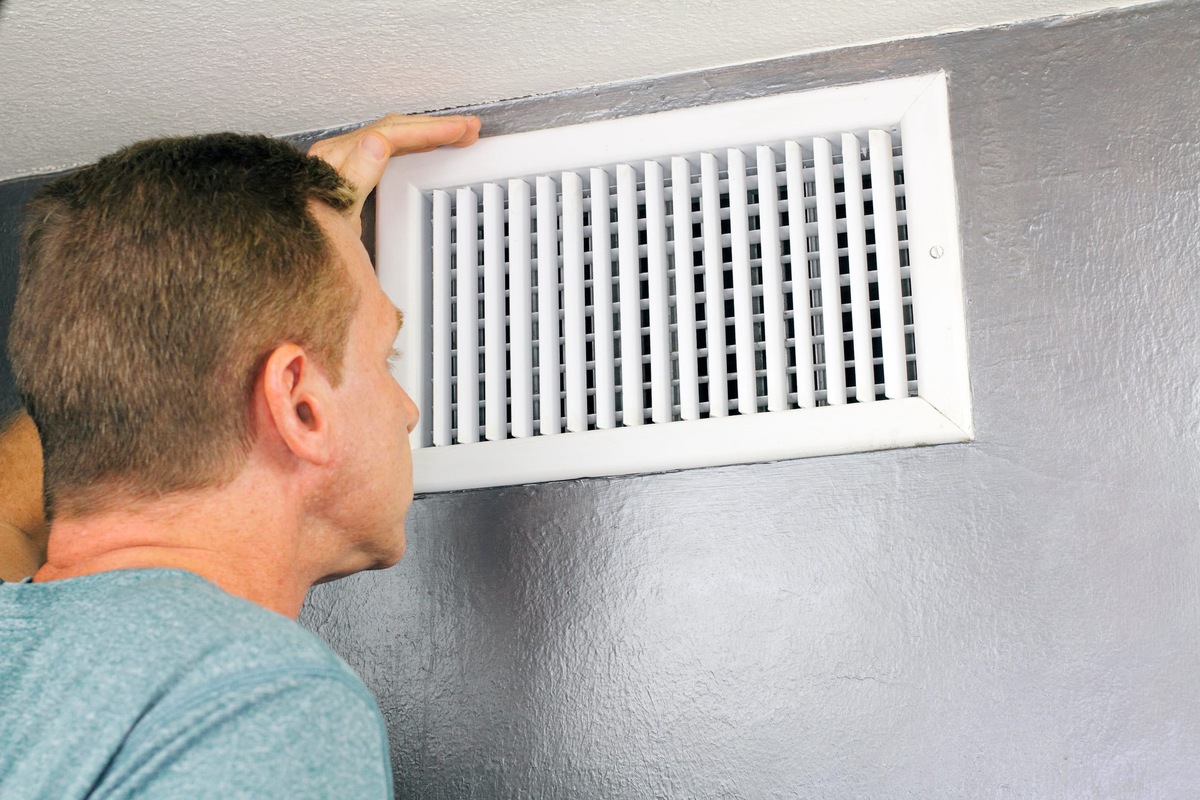
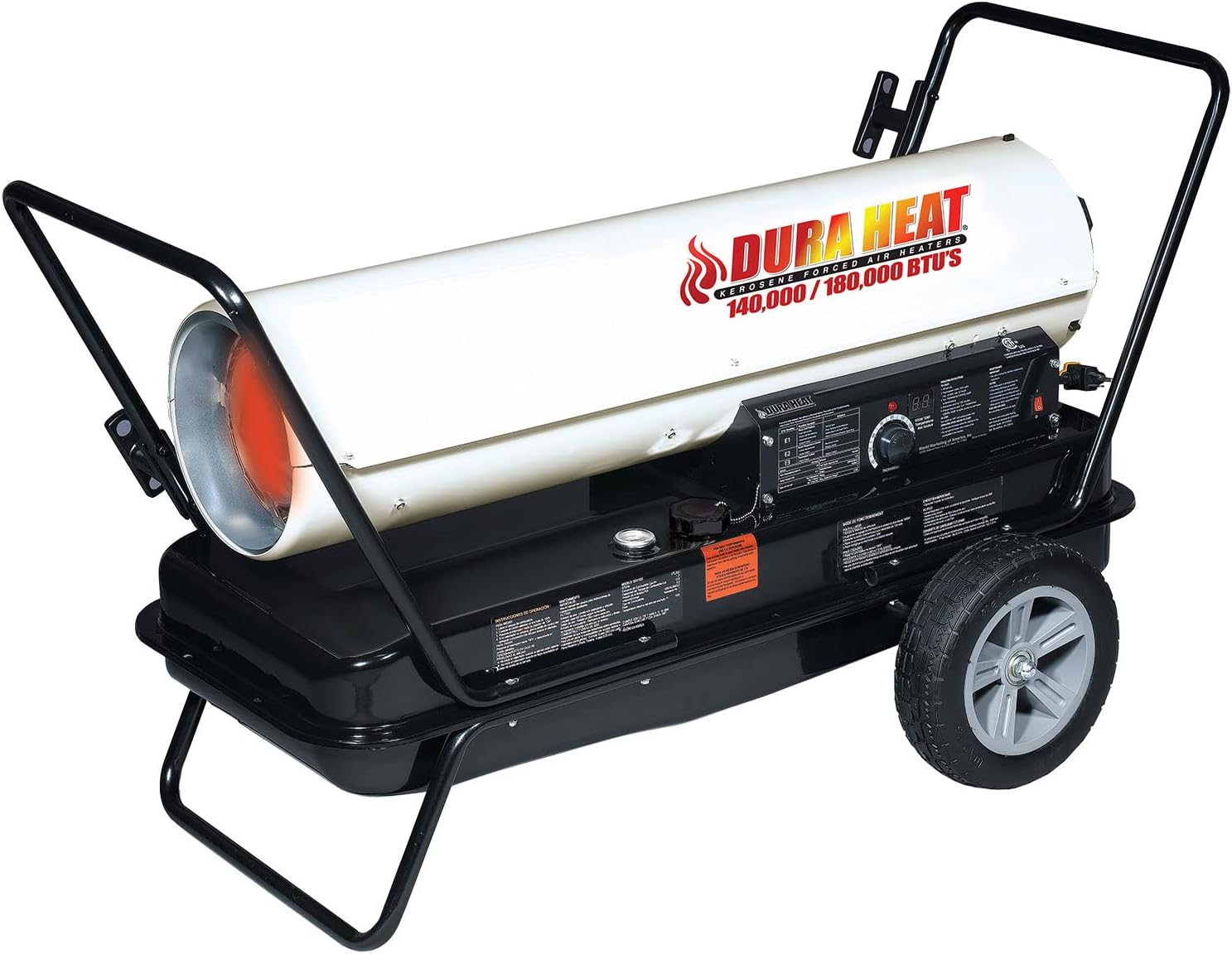
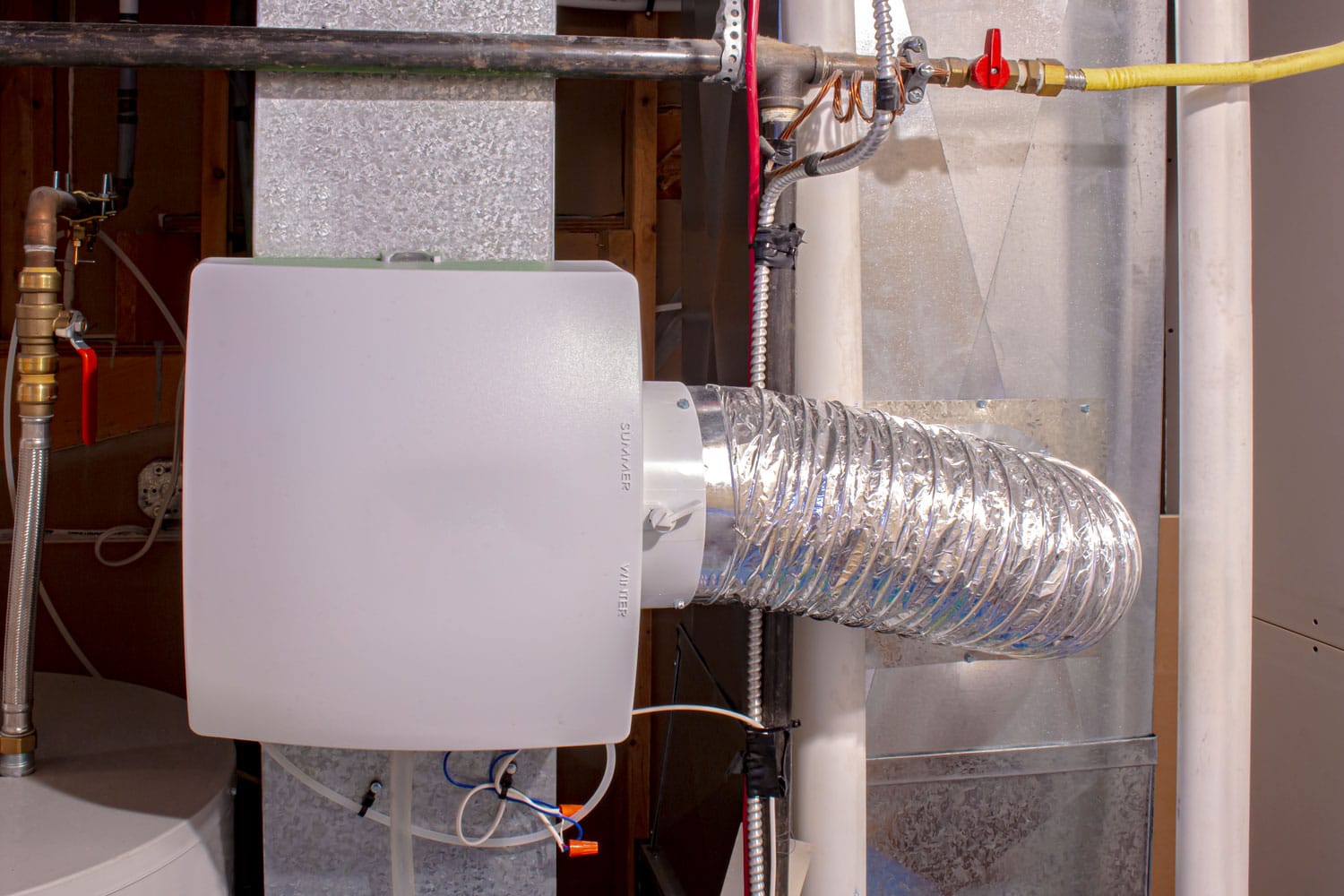
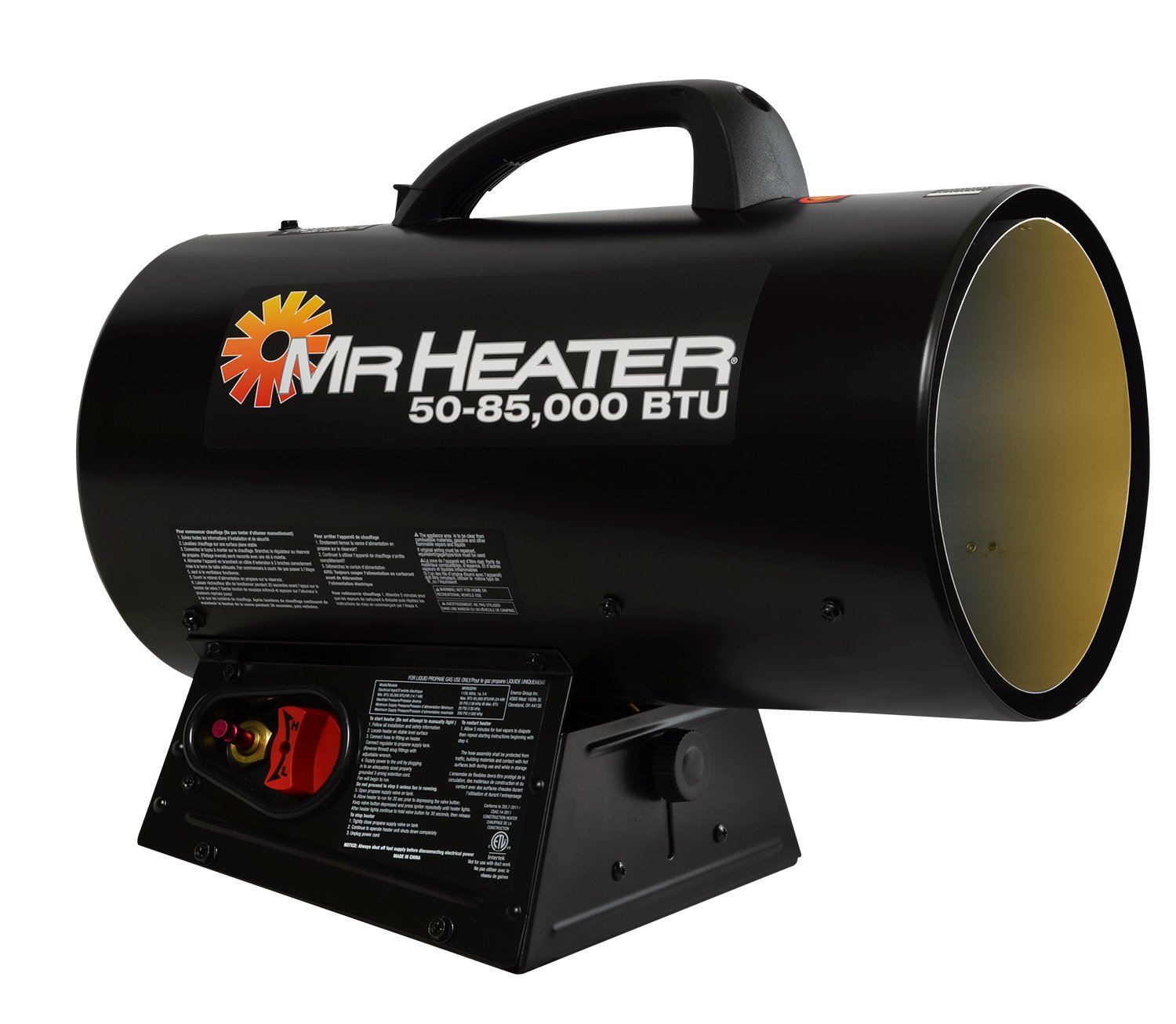
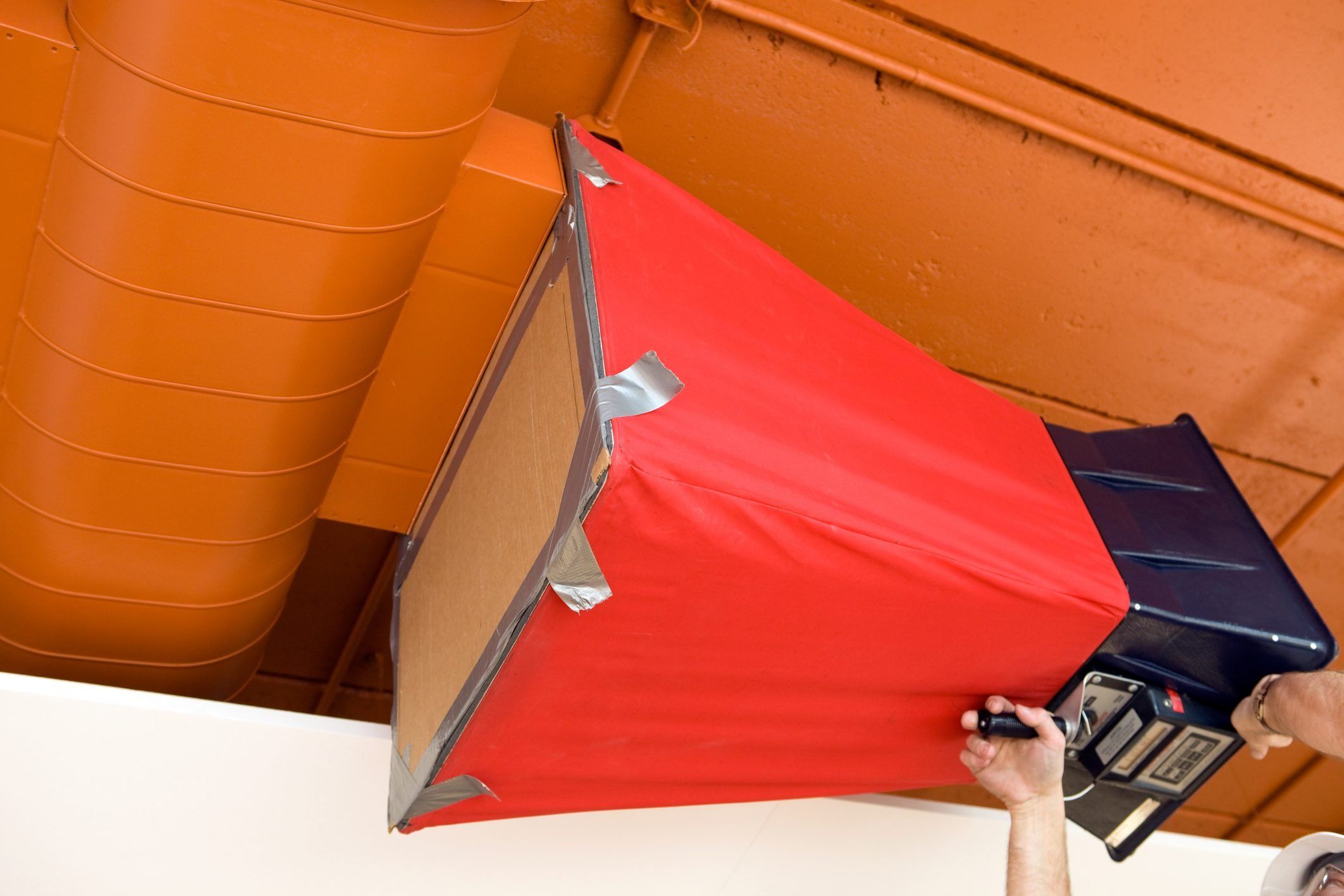
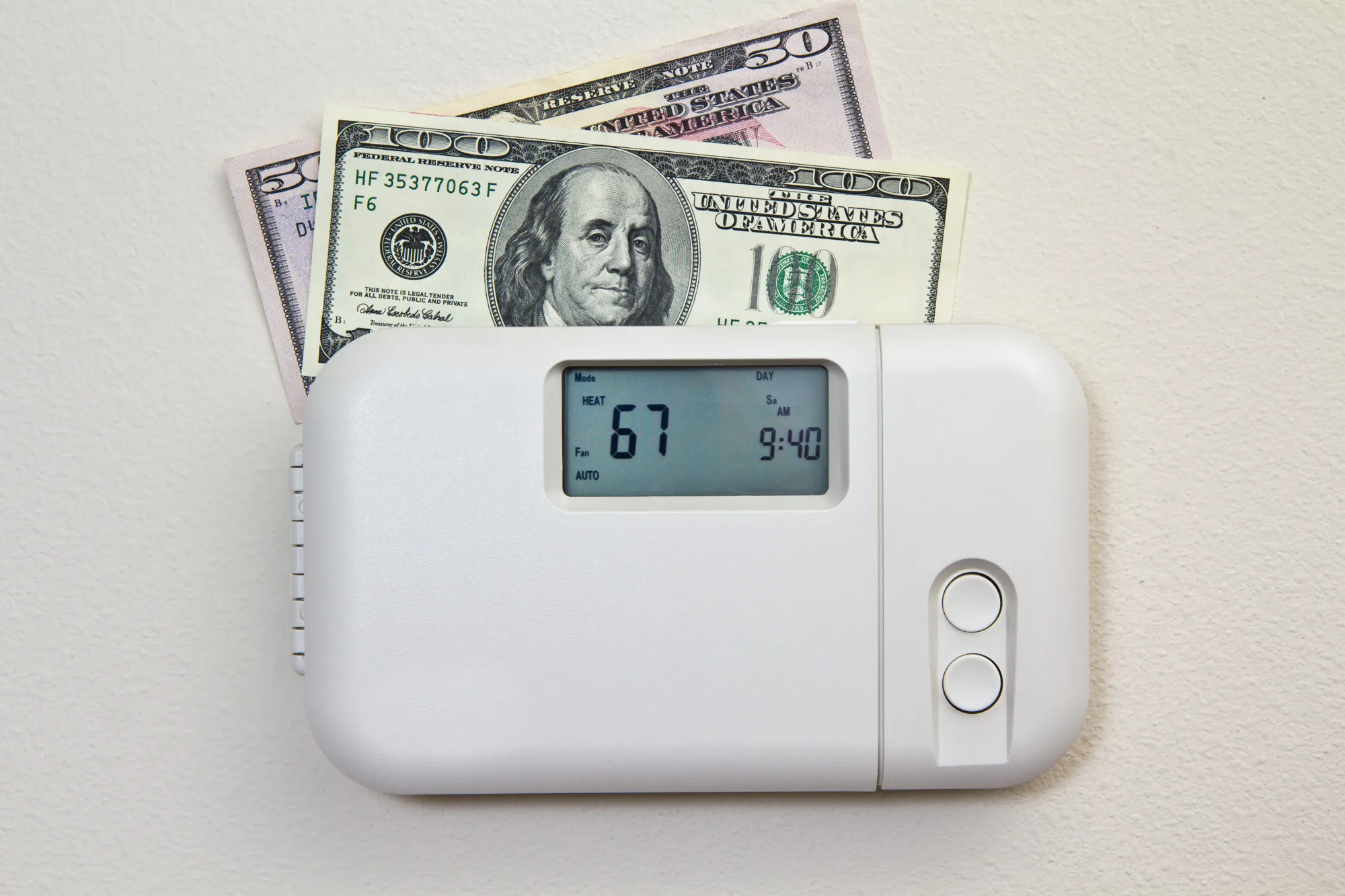
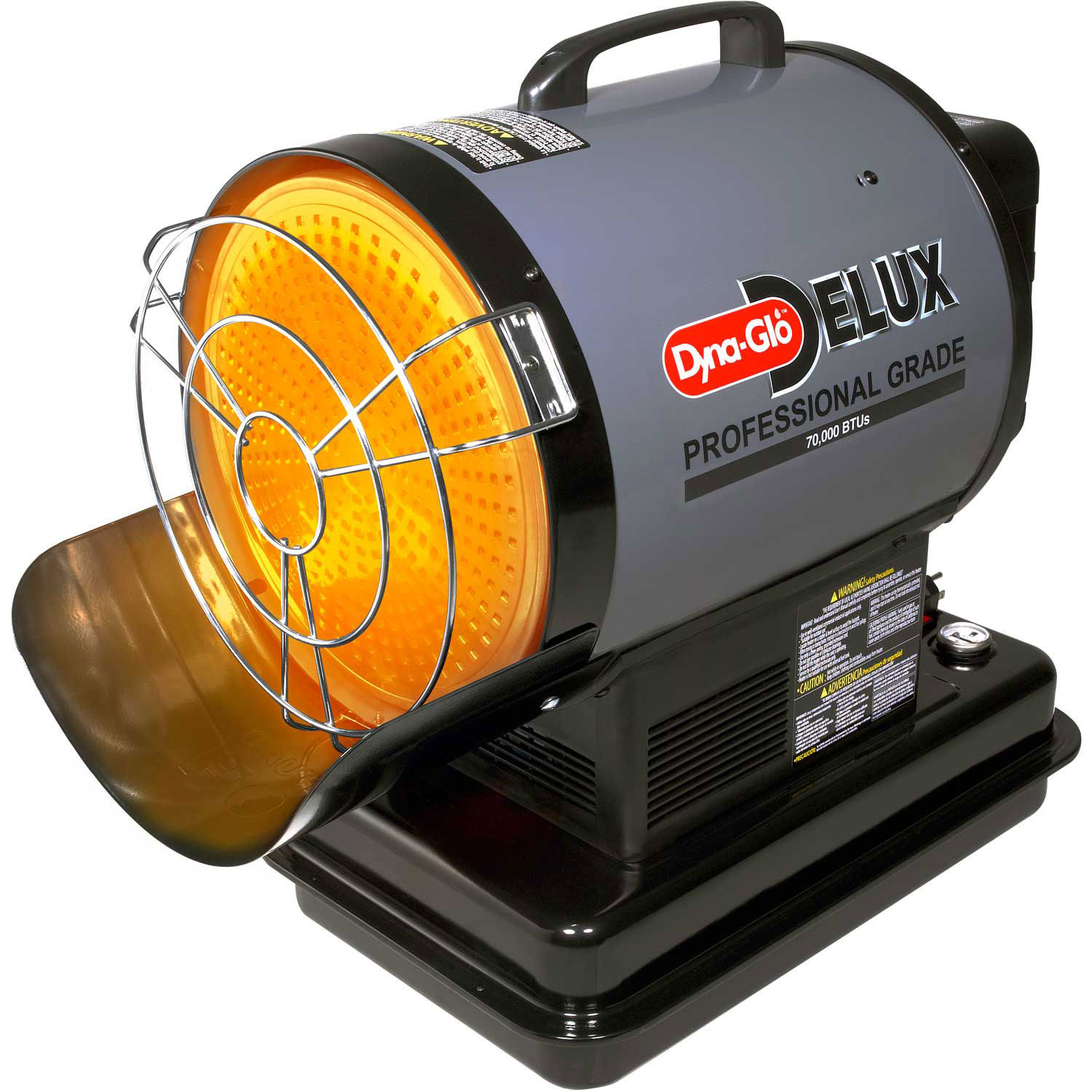
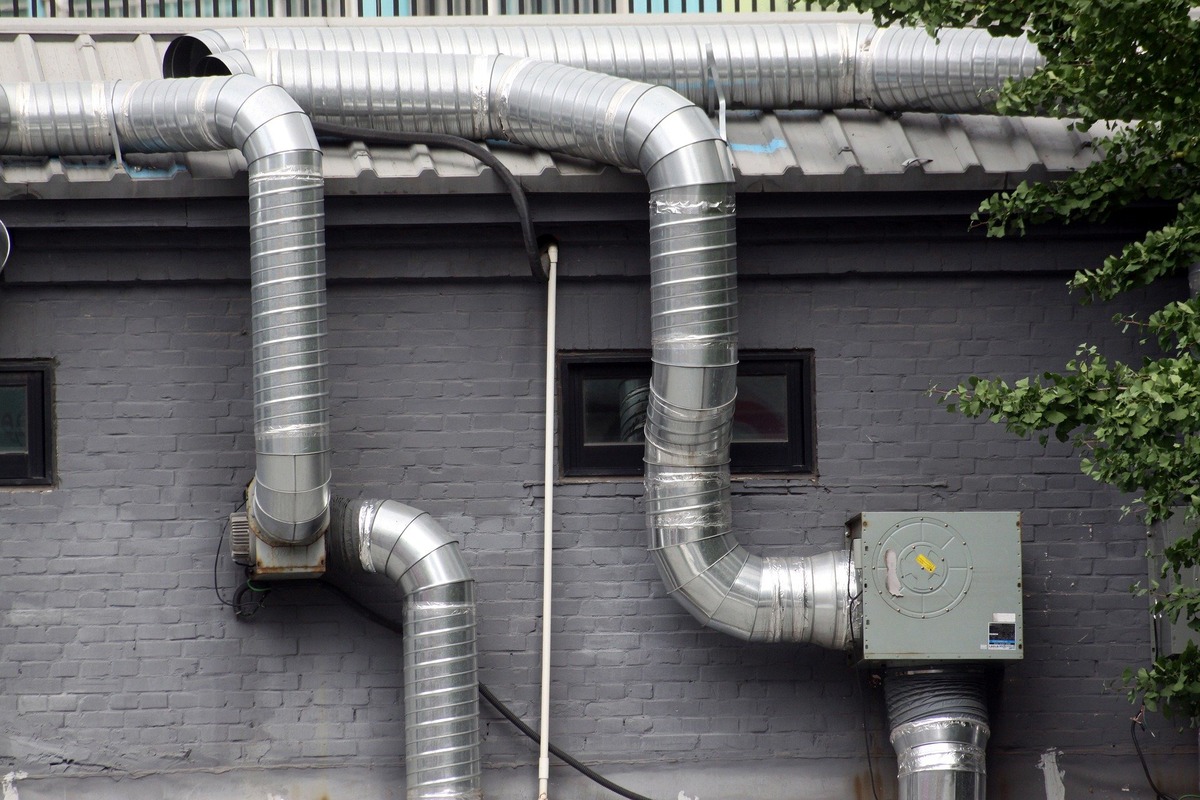
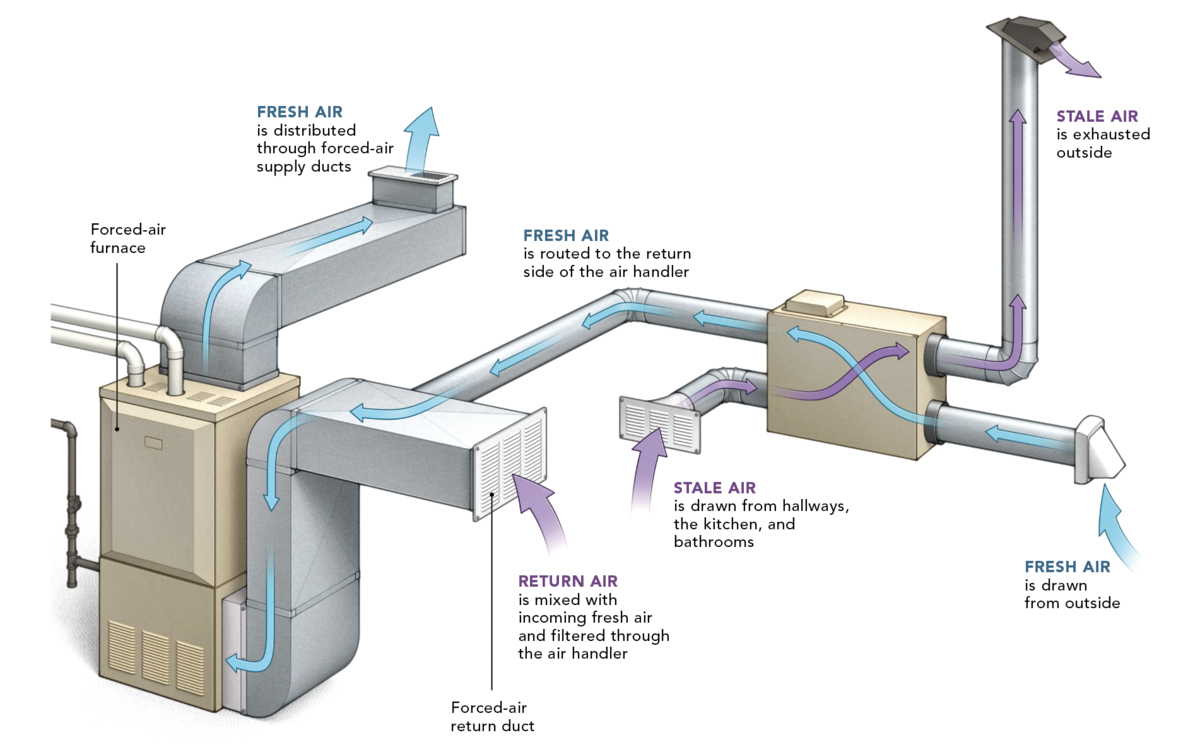
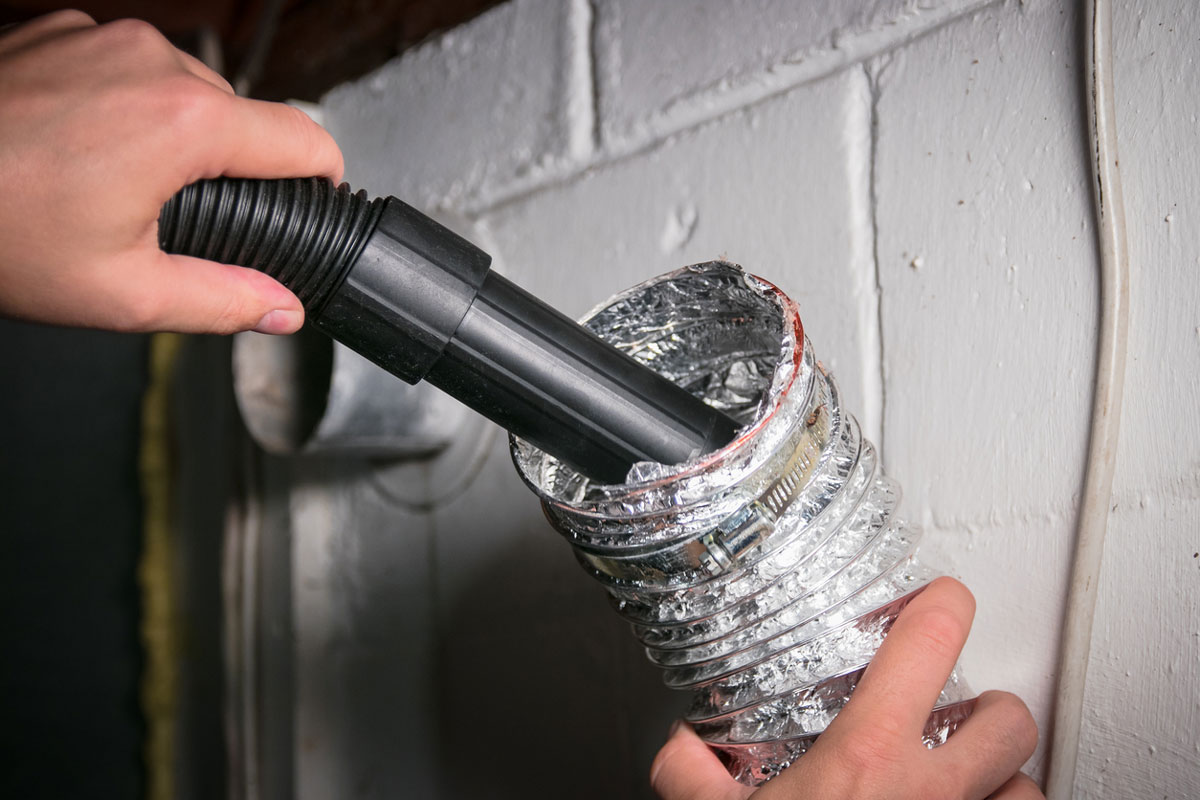

0 thoughts on “How To Improve A Forced Air Heating System ?”